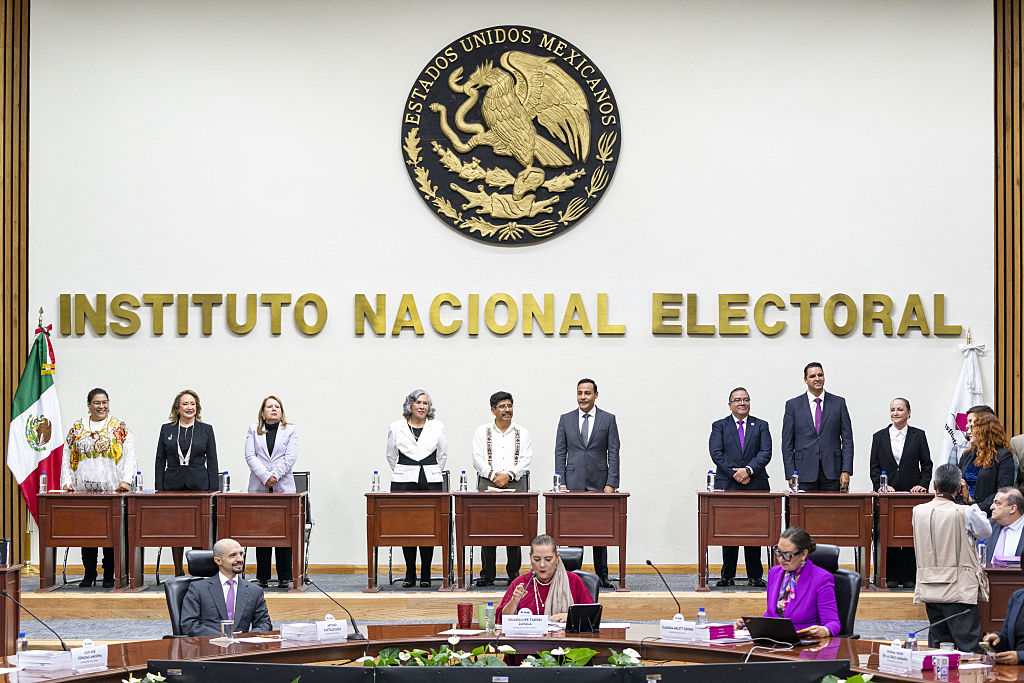Video: The 2020 Capacity to Combat Corruption Index Launch
Video: The 2020 Capacity to Combat Corruption Index Launch
Geert Aalbers of Control Risks and Roberto Simon of AS/COA discuss the state of the anti-corruption movement in Latin America and findings from the second edition of the CCC Index.
Speakers:
- Geert Aalbers, Partner, Control Risks
- Roberto Simon, Senior Director and Head of the Anti-Corruption Working Group, AS/COA
The anti-corruption wave that began a few years ago has clearly lost steam, and in some cases like Brazil and Guatemala appears to be dangerously receding, said Roberto Simon, opening the discussion on the 2020 Capacity to Combat Corruption Index, the report's second edition, during the launch event. The COVID-19 response is putting tremendous fiscal strain on governments in Latin America, which means fewer resources dedicated to anti-corruption, as well as fewer resources dedicated to compliance for companies, said Geert Aalbers. The report authors detailed how the 2020 edition of the report evaluates 15 countries, seven more than the inaugural edition, across 14 variables. They also underscored how the index measures, not the amount or perceived amount of corruption in a country, but the country’s ability to detect and prosecute corruption.
As for the findings, Aalbers noted that one country made gains in each of the three sub-categories: Peru in legal capacity, Argentina in democracy and political institutions, and Colombia in civil society, media, and private sector. Peru was “generally a good news story,” improving in six of seven variables, said Aalbers, but its Achilles Heel remains on the democratic side and legislative ability. The dissolution of Congress allowed for some new blood, he said, but high fragmentation makes it difficult to pass reforms. Mexico, meanwhile, clearly expanded enforcement against financial crimes and also passed some unprecedented laws against tax fraud, said Simon, though observers are still waiting to see what their long-term consequences will be. One area Mexico scores above average? Civil society mobilization against corruption. It’s clear civil society has driven the anti-corruption debate and was able to shape legislation, said Simon, notably in the case of the Ley 3de3.
Aalbers closed the the discussion by noting a “concerning” trend of political polarization from the perspective of companies operating in Latin America. Companies, he said, “need to be acutely aware of not just the standard corruption risks we’re all familiar with, but they need to closely monitor the political risk environment because it’s changing very rapidly in many countries.”
Learn more about the AS/COA Anti-Corruption Working Group.








